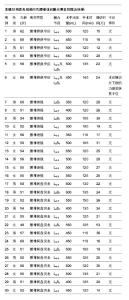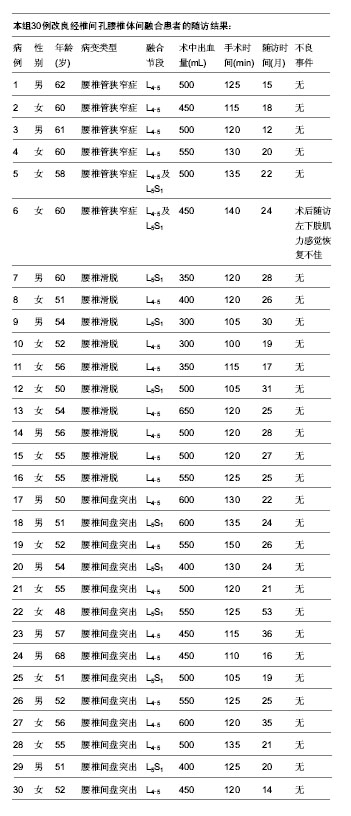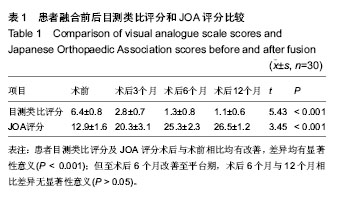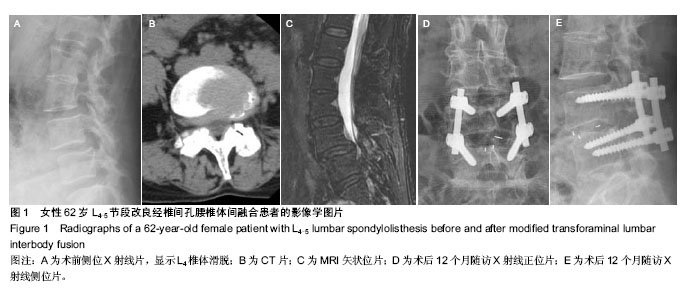| [1] Deyo RA, Nachemson A, Mirza SK. Spinal-fusion surgery-the case for restraint. Spine J. 2004;4(5): S138-S142.
[2] Chen Z, Zhao J, Liu AG, et al. Surgical treatment of recurrent lumbar disc herniation by transforaminal lumbar interbody fusion. Int Orthop. 2009;33(1): 197-201.
[3] Figueiredo N, Martins JWG, Arruda AA, et al. TLIF: transforaminal lumbar interbody fusion. Arq Neuropsiquiatr. 2004;62(3B): 815-820.
[4] White AA, Panjabi MM. The problem of clinical instability in the human spine: a systematic approach. Clinical biomechanics of the spine. Lippincott, Philadelphia, 1990: 277-378.
[5] Jutte P, Castelein R. Complications of pedicle screws in lumbar and lumbosacral fusions in 105 consecutive primary operations. Eur Spine J. 2002; 11(6): 594-598.
[6] Weiner BK, Nguyen HV, Hazard SW. Transforaminal lumbar interbody fusion: An independent assessment of outcomesin a difficult patient population. Med Sci Monit. 2006;12(3): CR99-CR102.
[7] Isaacs RE, Podichetty VK, Santiago P, et al. Minimally invasive microendoscopy-assisted transforaminal lumbar interbody fusion with instrumentation. J Neurosurg. 2005;3(2): 98-105.
[8] Wang J, Zhou Y, Zhang ZF, et al. Comparison of one-level minimally invasive and open transforaminal lumbar interbody fusion in degenerative and isthmic spondylolisthesis grades 1 and 2. Eur Spine J. 2010;19(10): 1780-1784.
[9] 郑超君,姜建元,王洪立,等.改良TLIF联合术中撑开复位治疗退变性腰椎滑脱症[J].中国骨科临床与基础研究杂志, 2013, 5(4): 214-220.
[10] 梁进,张晶涛,于秀淳.改良TLIF技术治疗腰椎管狭窄症的早期疗效研究[J].生物骨科材料与临床研究, 2013,11(1):20-23.
[11] Fogel GR, Toohey JS, Neidre A, et al. Is one cage enough in posterior lumbar interbody fusion: a comparison of unilateral single cage interbody fusion to bilateral cages. J Spinal Disord Tech.2007;20(1):60-65.
[12] Lee JH, Lee JH, Yoon KS, et al. Comparative study of unilateral and bilateral cages with respect to clinical outcomes and stability in instrumented posterior lumbar interbody fusion. Neurosurgery. 2008; 63(1):109-114. |





